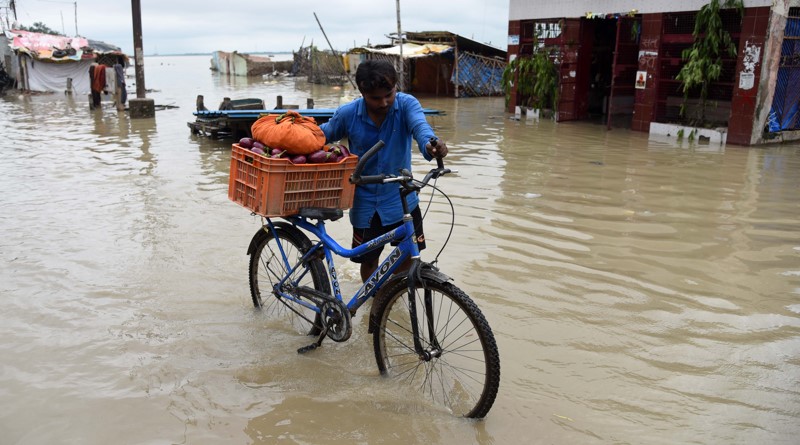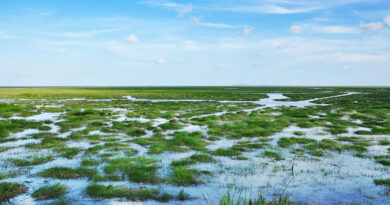Climate change to make Indian monsoon season more stronger, erratic

The summer monsoon rainfall in India will become stronger and more erratic, posing a grave threat to more than one billion people directly or indirectly, an analysis by a team of researchers at the Potsdam Institute for Climate Impact Research (PIK) in Germany has warned.
If global warming continues unabated, there will be more extremely wet years in the future and it will hit the economy, agriculture & food systems and the well-being or people in India, the researchers said.
The PIK team analysed data across 30 different climate models worldwide and predicted that monsoon rainfall, between the period of June to September, will increase by five per cent with every degree Celsius of warming.
Experts have warned that increased rainfall in the region may lead to severe flooding and soil erosion, which would be detrimental to the production of key crops, including rice and wheat, which most Indian people depend on.
“We have found robust evidence for an exponential dependence: For every degree Celsius of warming, monsoon rainfalls will likely increase by about 5 per cent”, said lead author Anja Katzenberger from the Potsdam Institute for Climate Impact Research (PIK) and Ludwig-Maximilian University in Munich, Germany (LMU).
“Hereby we were also able to confirm previous studies but find that global warming is increasing monsoon rainfall in India even more than previously thought. It is dominating monsoon dynamics in the 21st century.”
According to the PIK, more rainfall is not necessarily a good thing for the farming sector in India and its neighboring countries.
“Crops need water especially in the initial growing period, but too much rainfall during other growing states can harm plants – including rice on which the majority of India’s population is depending for sustenance. This makes the Indian economy and food system highly sensitive to volatile monsoon patterns”, said co-author Julia Pongratz from LMU.
A look into the past underlines that human behavior is behind the intensification of rainfall. Starting in the 1950s, human-made forcings have begun to overtake slow natural changes occurring over many millennia. At first, high sun-light blocking aerosol loadings led to subdued warming and thus a decline in rainfall, but since then, from 1980 onwards, greenhouse gas-induced warming has become the deciding driver for stronger and more erratic Monsoon seasons.
“We see more and more that climate change is about unpredictable weather extremes and their serious consequences”, said group leader and co-author Anders Levermann from PIK and New York-based Columbia University on the findings of the study published in the journal Earth System Dynamics.
“Because what is really on the line is the socio-economic well-being of the Indian subcontinent. A more chaotic monsoon season poses a threat to the agriculture and economy in the region and should be a wakeup call for policy makers to drastically cut greenhouse gas emissions worldwide.”



